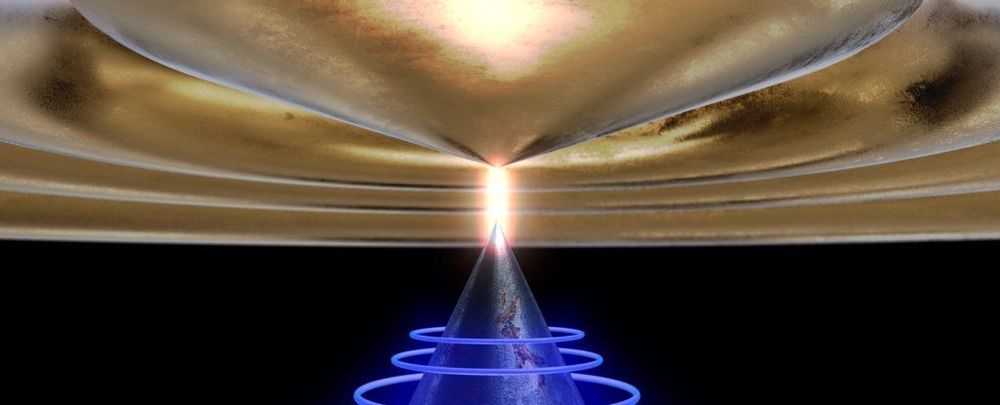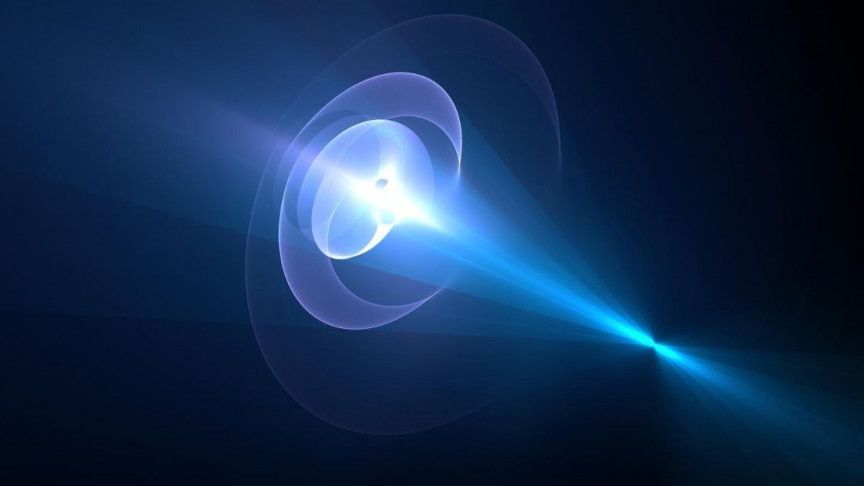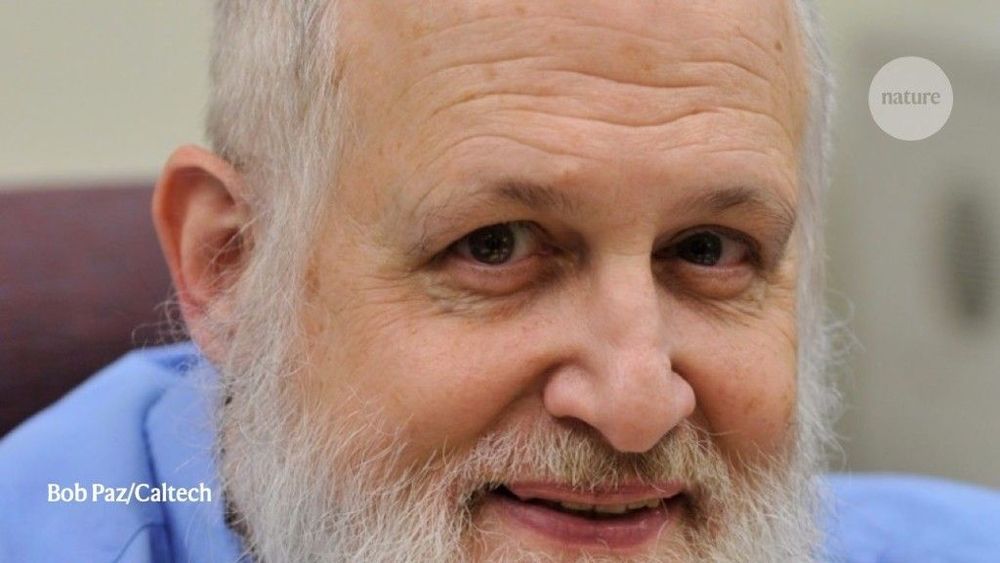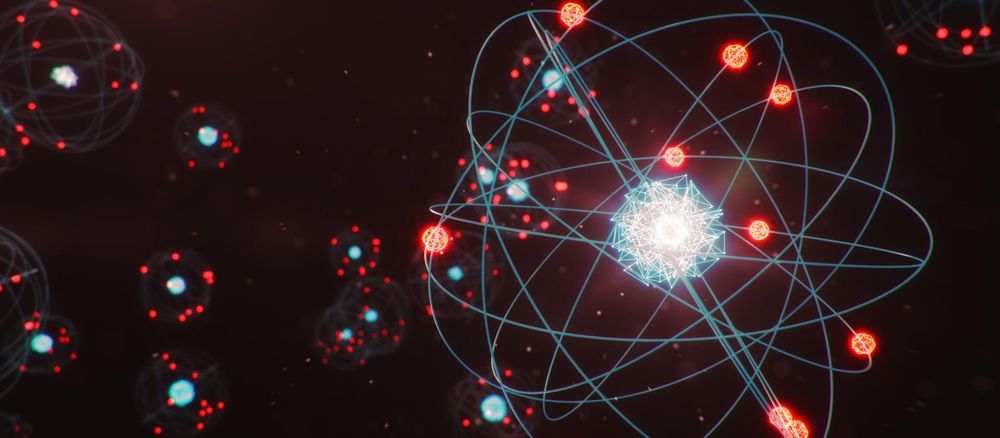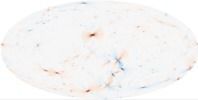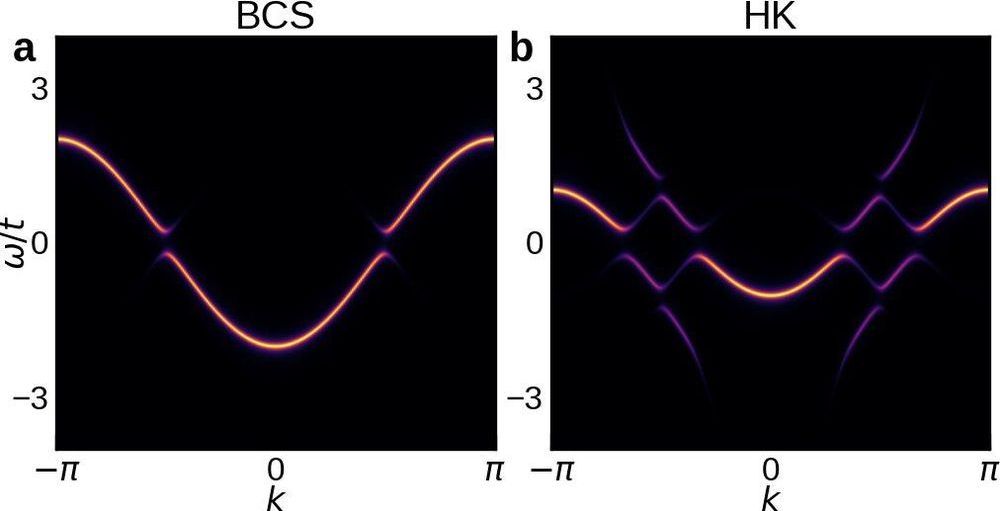Aug 9, 2020
The Force of Nothingness Has Been Used to Manipulate Objects
Posted by Shailesh Prasad in categories: chemistry, physics, space
Scientists can use some pretty wild forces to manipulate materials. There’s acoustic tweezers, which use the force of acoustic radiation to control tiny objects. Optical tweezers made of lasers exploit the force of light. Not content with that, now physicists have made a device to manipulate materials using the force of… nothingness.
OK, that may be a bit simplistic. When we say nothingness, we’re really referring to the attractive force that arises between two surfaces in a vacuum, known as the Casimir force. The new research has provided not just a way to use it for no-contact object manipulation, but also to measure it.
The implications span multiple fields, from chemistry and gravitational wave astronomy all the way down to something as fundamental and ubiquitous as metrology — the science of measurement.
